QUEEN frontman and rockstar Freddie Mercury’s Parsi heritage was celebrated more than 30 years after his death, as Sotheby’s in London conducted the first of six auctions of his belongings last Wednesday (6).
A 16th-century Indian miniature depicting A Prince on Horseback With His Entourage sold for £266,700, against an estimate of £30,000-£50,000.
Sotheby’s said it was “a nod to Mercury’s ancestry, acquired in the last six months of his life”.
Mercury’s collection is being sold by Mary Austin, his former lover and closest friend. The month-long auction of 35,000 items is being done in 1,500 lots. Last week, the 59 lots on offer fetched £12.2 million against an estimate £4.8m. A record 2,000 people from 61 countries registered to bid.
The bid for the garden door of his home, a place of pilgrimage for his fans from all over the world, climbed from £11,000 to £412,750 in 14 minutes to gasps of shock and laughter.
The lead vocalist and pianist of the rock band Queen was born Farrokh Bulsara on September 5, 1946, in Stone Town in the British protectorate of Zanzibar (now part of Tanzania) to Parsi parents from Gujarat, Bomi and Jer Bulsara. He attended boarding schools in India and arrived in Britain in 1964 after his family fled the Zanzibar Revolution.
In 1954, at the age of eight, the young Bulsara was sent to study at St Peter’s School, a boys’ boarding establishment in Panchgani near Bombay (now Mumbai). It was here he started being called “Freddie”. He also attended St Mary’s School in Bombay before moving back to Zanzibar where his parents had returned.
From 1980, until his death on November 24, 1991, at the age of 45, he lived in Garden Lodge, a detached Georgian-style villa in Kensington in west London. He filled the elegant house with beautiful objects, which are now being auctioned. In accordance with his wishes, he was given a Zoroastrian funeral.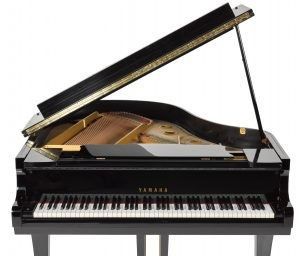
A family friend, Rusi K Dalal, disputed the suggestion that Mercury reverted to his roots only in the final months of his life. “He was perhaps nor a practising Parsi, but his heritage was always a part of his life,” Dalal told Eastern Eye.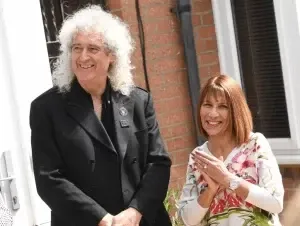
He pointed out there is a blue plaque to Bulsara at 22 Gladstone Avenue in Feltham, west London, where he had once lived with his parents and his younger sister, Kashmira.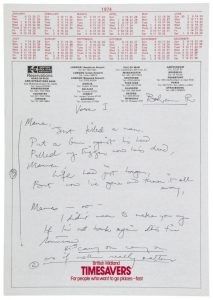
Lord Karan Bilimoria, the only Parsi peer in the Lords, said: “As a proud member of the smallest minority community in the world, the Zoroastrian Parsis – there are just 100,000 total in the world – I am naturally not surprised that when in my speeches, I ask my audiences how any of them have heard of Zoroastrian Parsis, barely a handful of hands go up.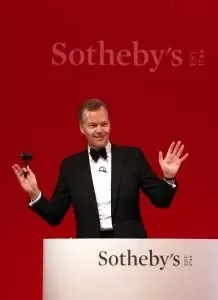
“Then I say, ‘have you heard of Freddie Mercury’ and 100 per cent of the hands go up! And when I say Freddie Mercury was a Zoroastrian Parsi, you can hear the instant ‘aah!’
“Although I never met Freddie Mercury, I have met his mother and sister. The first time was when I was deputy lieutenant for Hounslow. Freddie’s mother and his sister were present along with Brian May, guitarist and co-founder of Queen with Freddie. This was at the inauguration of a giant Hollywood-style pavement star on the high street in Hounslow.
“I also inaugurated the Zoroastrian Hill at the Balaji temple near Birmingham in the Midlands along with Kashmira. His parents were practising Zoroastrians who were members of the Zoroastrian Trust Funds of Europe (ZTFE).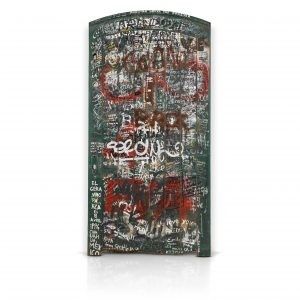
“Freddie was born a Parsi and had his thread ceremony – Navjot – initiating him into the Zoroastrian religion as a young boy. He was brought up as a Zoroastrian Parsi throughout his childhood. He had a Zoroastrian funeral arranged by his parents and his sister in London. Farokh Balsara/Freddie Mercury was born a Zoroastrian and died a Zoroastrian.
“He has been by far the most famous Zoroastrian Parsi in the world in the modern era. The Oscar-winning film on his life very clearly features him as a Zoroastrian Parsi. Kashmira, to this day, attends ZTFE events.”
Although last week’s auction was meant to be a black-tie affair, “some attendees chose to emulate Mercury’s style at the auction, with one attending wearing a white sleeveless shirt, high jeans and Adidas high-top sneakers completed with a Mercury-inspired moustache and haircut”, one report noted. “Others simply dressed eccentrically in an apparent nod to his memory, donning avant-garde check suits and unorthodox footwear.”
Spotting one of the lookalikes, the auctioneer,Oliver Barker, chairman of Sotheby’s Europe, quipped: “Freddie has walked in, don’t worry we won’t tell anyone.”
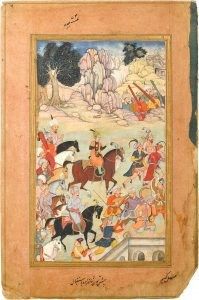
At the start of the auction, billed as “Freddie Mercury: A World of his Own”, he said: “It has been a once-in-a-lifetime privilege for all of us at Sotheby’s to celebrate the legend that is Freddie Mercury.”
The top lot of the sale, Mercury’s adored Yamaha grand piano (1973) – the instrument he used to compose Bohemian Rhapsody, Don’t Stop Me Now and Somebody to Love – sold to an online bidder for £1,742,000.
The first item to cross the millionpound barrier were the autographed working lyrics for Bohemian Rhapsody (c 1974), which fetched £1,379,000.
We Are The Champions (c 1977) went for £317,500; Don’t Stop Me Now (c 1978) for £317,500; Killer Queen (c 1974) for £279,400; and Somebody to Love (c 1976) for £241,300.
The auction room was “ablaze with colour” as Mercury’s signature crown and cloak ensemble – the regal attire he wore at the end of every The Magic Tour gig – sold for £635,000.
His rainbow-coloured satin appliqué jacket, made in America for the Hot Space tour in 1982, sold for £203,200, 16 times its estimate.
Mercury’s striking leather arrow stage jacket (1982), worn for Queen’s first and only appearance on the iconic Saturday Night Live TV show on September 25, 1982 – the singer’s last-ever performance in the US – went for £190,500. His black silk velvet and sequin jacket, worn in the Bohemian Rhapsody promotional video (1975), fetched £139,700.
The sparkling silver sequined catsuit, worn by Mercury for Queen’s News of the World and Jazz tours in 1977 and 1979, sold for £139,700.
His bespoke stage-worn two-piece asymmetrical suit of black and white satin, featured on the cover of Queen’s debut album in 1973, sold for £82,550. It was bought by a Brazilian collector.
Mercury’s silver snake bangle, worn in the Bohemian Rhapsody video in 1975, was the subject of rapid-fire bidding and fetched £698,500. It is said to be a record for a piece of jewellery belonging to a rockstar. Mercury continued to wear the traditional Victorian-style piece time and again during the mid-1970s.
A striking Cartier onyx and diamond ring gifted by Sir Elton John sold for £273,050. Sotheby’s said “100 per cent of the hammer price will be donated to the Elton John AIDS Foundation”.
Sir Elton said: “I miss Freddie to this day. He was a wonderful friend – more full of love and life than anyone I’ve ever met – as well as a brilliant performer whose music has inspired and thrilled millions.”
